
Everything you need to know about charging electric cars
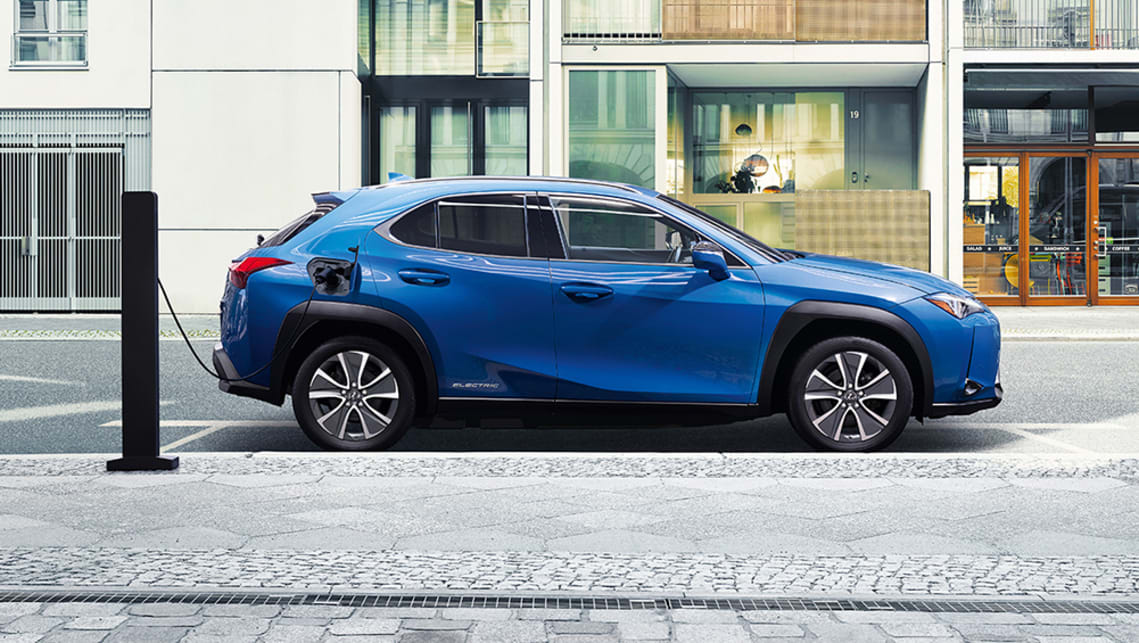
Although electric vehicles (EVs) may seem a little intimidating to the uninitiated, in very basic terms they are exactly like your mobile phone, only much heavier and with more speakers. Both have rechargeable lithium-ion batteries and if you want them to work, they need to be plugged into an external source for recharging.
There is, of course, far more nuance to electric-vehicle charging, but it may help if you picture an iPhone or Android device on wheels in your mind before we drill down into the finer details.
Both EVs and plug-in hybrid electric vehicles (PHEVs) - cars that have a battery-powered electric motor and an internal-combustion engine (ICE) - require regular charging, although PHEVs are quicker to charge since they have smaller batteries (due to the fact the drivetrain also includes the aforementioned ICE).
Read more about electric cars
Types of electricity
The first thing to know is that EVs can be charged using either Alternating Current (AC) or Direct Current (DC) electricity - the former is the common type of electricity you get from the grid, while the latter is a more high-voltage variant.
Rechargeable EV batteries can only store DC electricity, which means they need an onboard charger to convert AC to DC.
Types of EV connectors
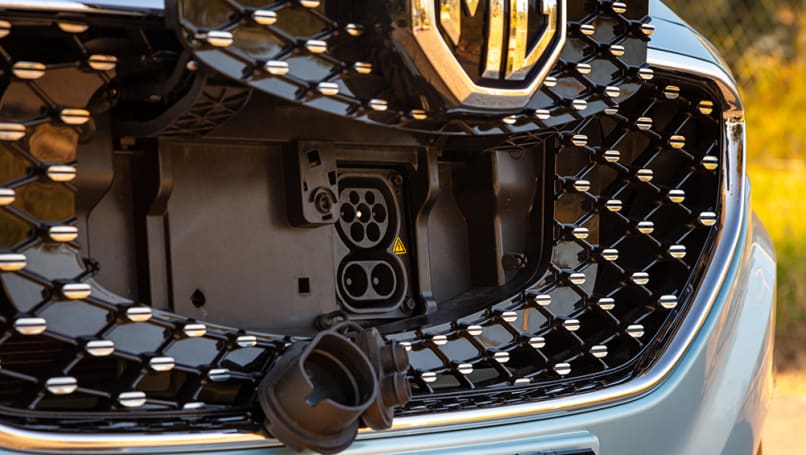
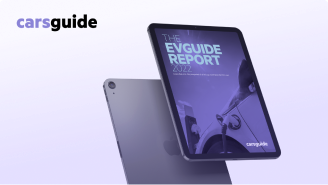

Download the EVGuide Report, 2022
Australia's one-stop snapshot of all things relating to electric cars.
In a perfect world there would be a standard type of connector for EVs, but unfortunately that’s not the case quite yet. Again, you could think of this as the difference between chargers for Samsung and Apple phones.
The most common type for cars, however, is the 'Type 2’ (or ‘Mennekes’) connector.
This can charge using AC, but if it has been configured as a CCS (Combined Charging System) Combo, it will also be able to handle high-voltage DC charging.
The Type 2 connector can handle charging EVs on AC at up to 22.1kW and DC at up to 350kW, but it will ultimately depend on how many kW your EV can handle: most PHEVs can take a maximum of AC speed of 7.2kW, while EVs can take higher than that (Tesla Models S and X can take 16.5kW, which is currently the highest AC charging rate for EVs available in Australia).
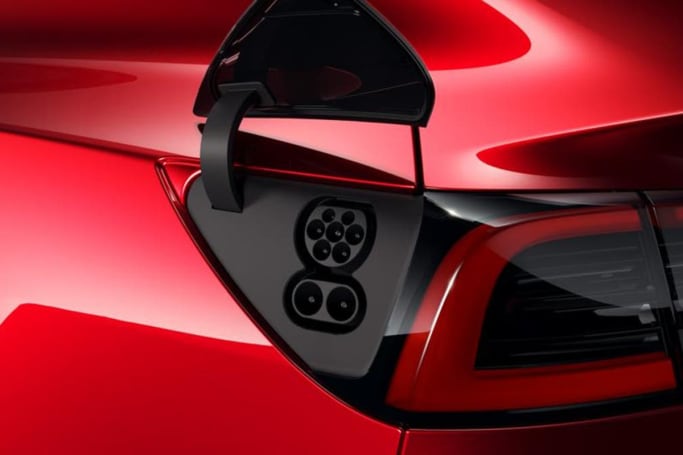
Most EVs can accept DC charging from 50kW to upwards of 200kW, although the lower end of that range is more common.
Tesla models have what looks like a Type 2 connector, but with a slight advantage: they can also charge on Tesla’s Supercharger charging network, whereas other EVs have been locked out (Elon Musk has said he plans to unlock the chargers for other EVs in late-2022).
The ‘CHAdeMO’ connector, which is strictly used for DC charging, is not very common, with the Nissan Leaf currently the only EV model in the country that has one (the Leaf also carries the Type 2 connector).

The Type 1 ‘J plug’ AC connector is the standard in the US, but is far less common in Australia - you’ll only find it on older EV models, although the Mitsubishi Outlander PHEVs still carry them, along with a CHAdeMO connector.
How to charge an electric car
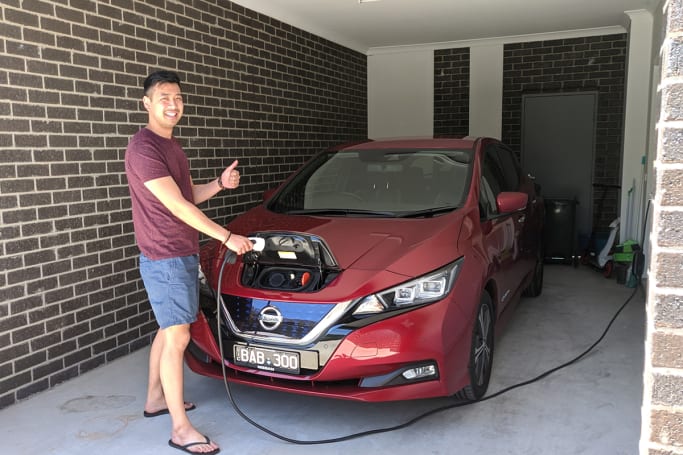
There are several ways to charge an EV, with the most common method being to do it at home, which is what 80 per cent of EV owners around the world do.
In Australia, you can connect your EV to a standard 240V wall socket, but this is the slowest method to charge (this is referred to as ‘Level 1’ charging).
‘Level 2’ is AC charging done using either an at-home wall box charger, or a public AC charging station.

A wall box charger can charge your EV up to three times faster than Level 1 charging, increasing the power coming out of a wall socket from 2.4kW to 7.2kW.
Public AC chargers also typically offer up to 7.2kW, although some go as high as 22kW (although, as previously mentioned, no EV models in Australia can handle 22kW of AC yet, with only the Tesla Model S and X being able to take 16.5kW).
‘Level 3’ is the domain of DC fast chargers / superchargers, which can deliver electricity ranging in power from 25kW to 350kW.
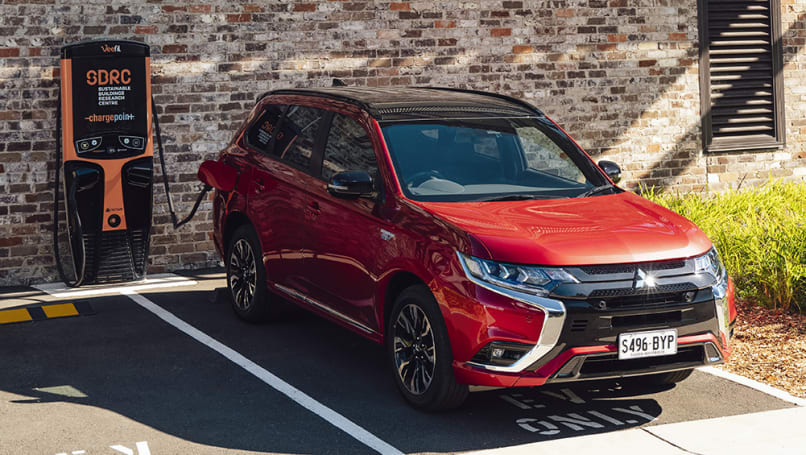
There are more than 3000 public charging stations situated throughout Australia at the moment, with over 470 of those being DC fast chargers.
The Australian Federal Government, as well as several state governments, have all invested funding into EV charging infrastructure, so the number of public chargers is set to continue growing healthily over the years to come.
How long to charge an electric car?

If you use a standard wall socket, you’re looking at getting about 10km of driving range for every hour you charge (times that by three if you’re using a wall box charger).
If you’re using a public AC charger, expect the following, depending on the EV’s maximum charging rate: approximately 15km of range per hour if the charging rate is between 3.3-3.7kW; approximately 25km of range per hour if the charging rate is 6.6kW; approximately 30km of range per hour if the charging rate exceeds 7kW.
As for DC fast chargers, the kW and kilometre number should correspond (i.e. 50kW charging rate delivers 50km of range every 10 minutes of charging, 175kW charging rate delivers 175km of range every 10 minutes of charging, and so on).
How much does it cost to charge?
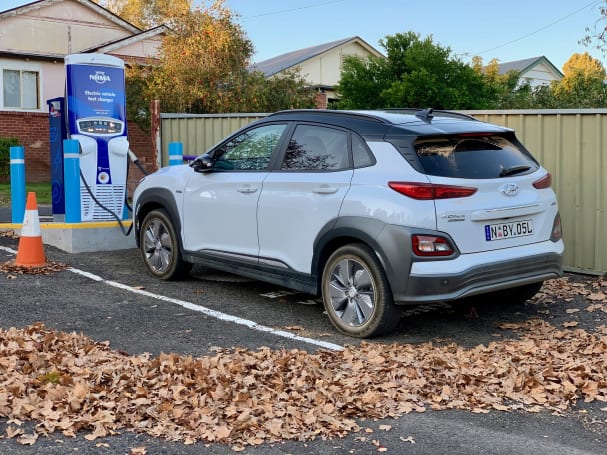
In Australia, the cost of how many kWh to charge your EV breaks down like this: Level 1 home charging costs approximately $0.15 -0.30 per kWh; Level 2 AC public charging costs approximately $0.20 - $0.25 per kWh; and Level 3 public DC fast charging costs approximately $0.30 - $0.60 per kWh.
Some public chargers are free, and several EV charger companies supply a certain amount of electricity for nothing: Jolt, for example, offers 7kWh free each day, which supplies approximately 45km of driving range - more than the average Australian commutes each day, which is 36.4km.








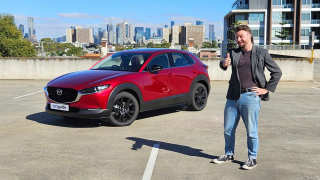


Comments